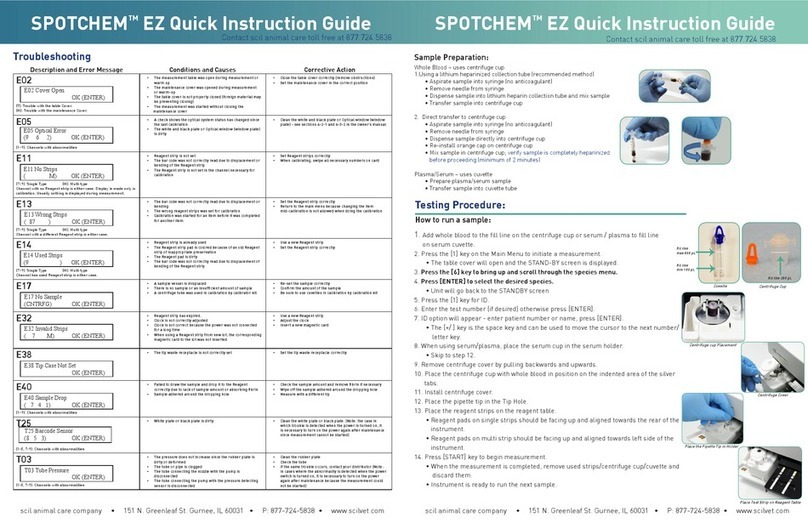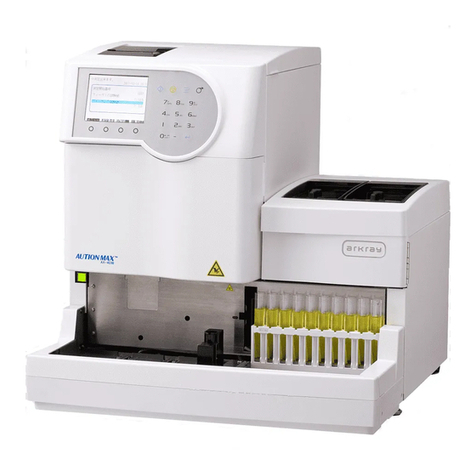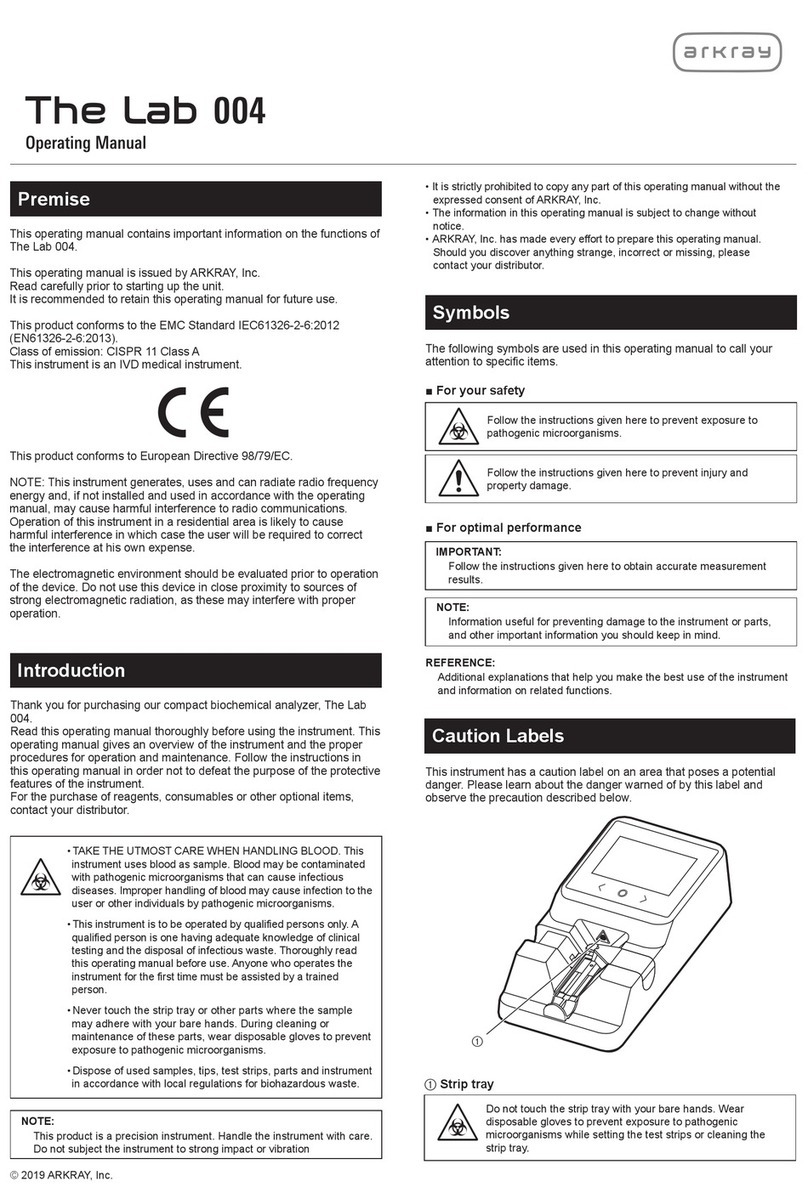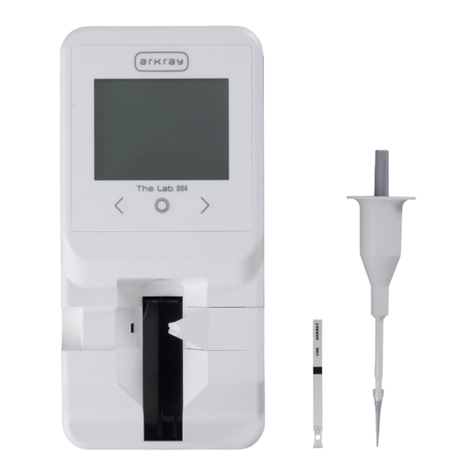
AE-4022 viii
Biological Principles*1
Glucose
Glucose concentration in urine can be indicative of (1) a prerenal condition (hyperglycemia), or (2) a renal
condition. Causes for the prerenal condition could include the following: diabetes mellitus, hormonal
disorders (such as hyperthyroidism, acromegaly, stress, anxiety, Cushing’s disease), liver disease,
pancreatic disease, central nervous system damage, or drugs (namely thiazide, diuretics, or steroids).
Causes for the renal condition could include the following: Fanconi’s syndrome, cystinosis, heavy metal
poisoning, genetics, pregnancy.
Protein
An increased amount of protein in the urine, proteinuria, is often the first indicator of renal disease. Early
detection of protein by routine urinalysis screening aids in the identification, treatment, and prevention of
renal disease; however, protein excretion is not an exclusive feature of renal disorders. There are many
causes for renal, glomerular, postural proteinuria, and tabular proteinuria ranging from strenuous exercise
to prescribed drugs, to systemic/infectious diseases such as malaria, lupus or diabetes mellitus.
Bilirubin/Urobilinogen
Disturbances in any aspect of bilirubin formation, hepatic uptake, metabolism, storage, or excretion are
possible in a variety of diseases. Increased production of bilirubin forms can result in hyperbilirubinemia or
bilirubinuria. Healthy individuals excrete very little bilirubin so its detected presence in urine indicates the
disruption or an increase in hemoglobin catabolism. Intestinal bacteria can turn bilirubin into urobilinogen.
It can be an early indicator of liver disease or jaundice. Causes of increased urinary bilirubin and
urobilinogen include: prehapatic (increased heme degradation) due to a transfusion reaction, sickle cell
disease, hereditary spherocytosis, thalassemia, pernicious anemia,
pH
The renal system, pulmonary system, and blood buffers provide the means for maintaining homeostasis at
a pH compatible with life. The kidneys selectively excrete acid or alkali. PH has many applications. An
acidic urine prevents the formation of alkaline renal stones (e.g. calcium carbonate, calcium phosphate) and
inhibits the development of urinary tract infections. An alkaline urine prevents the precipitation of and
enhances the excretion of various drugs (e.g. sulfonamides, streptomycin, and salicylate) and prevents
stone formation from calcium oxalate, uric acid, and cysteine crystals.
The urine pH provides valuable information for assessing and managing disease and determining the
suitability of a specimen for chemical testing. Correlation of the urinary pH with a patient’s condition aids in
the diagnosis of disease (e.g. production of an alkaline urine despite a metabolic acidosis is characteristic
of renal tubular acidosis). Individuals with a history of stone formation can monitor their urinary pH and use
this information to modify their diets if necessary. Highly alkaline urine of pH 8.0 to 9.0 also can interfere
with chemical testing, particularly in protein determination.



































